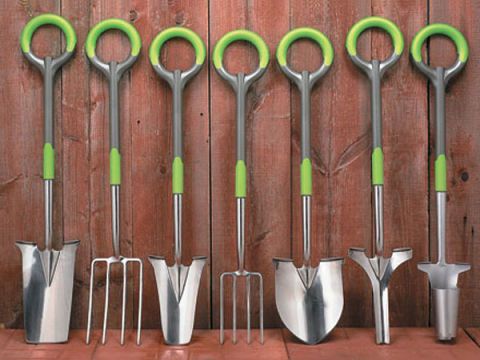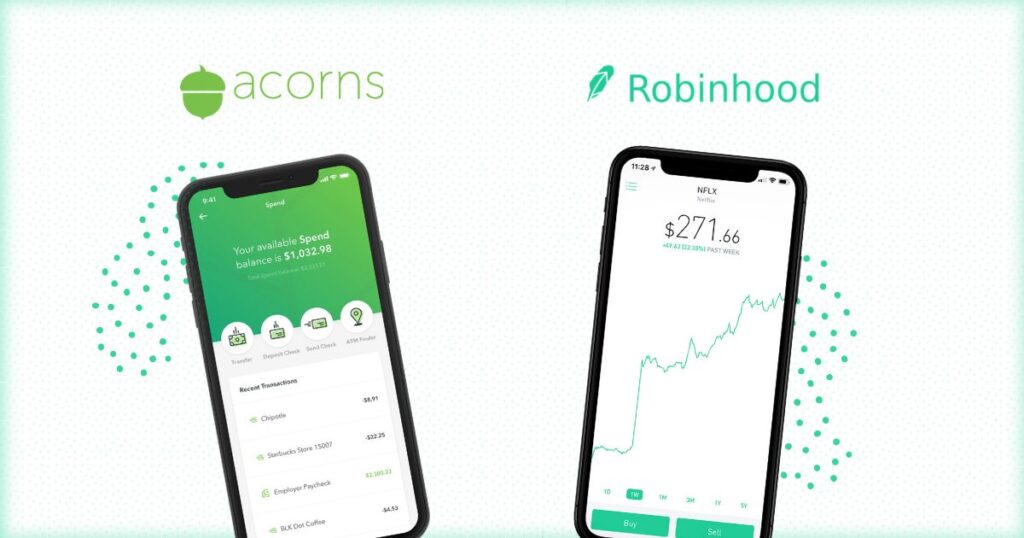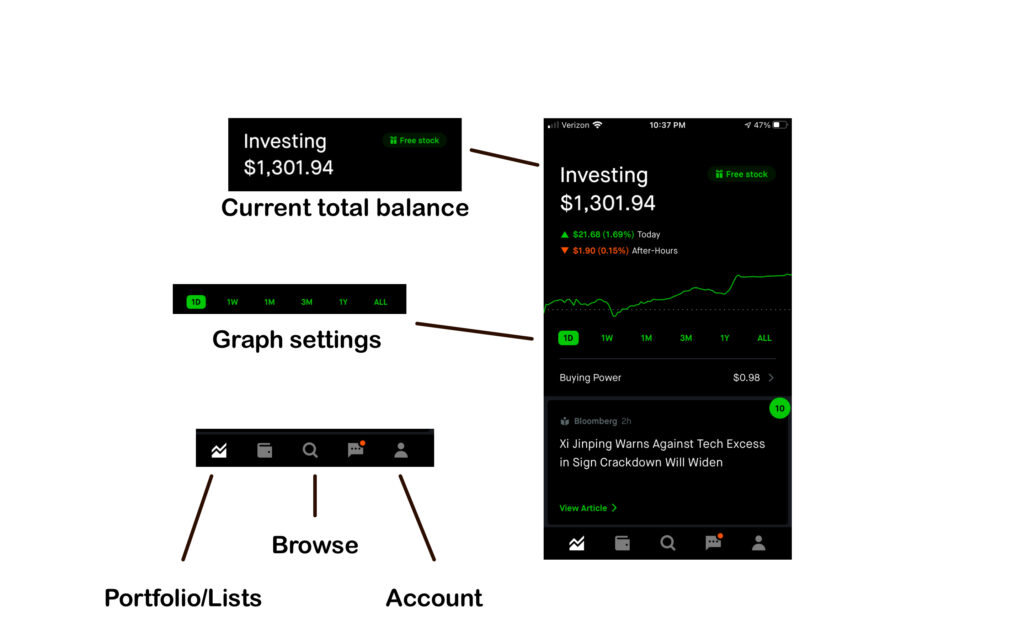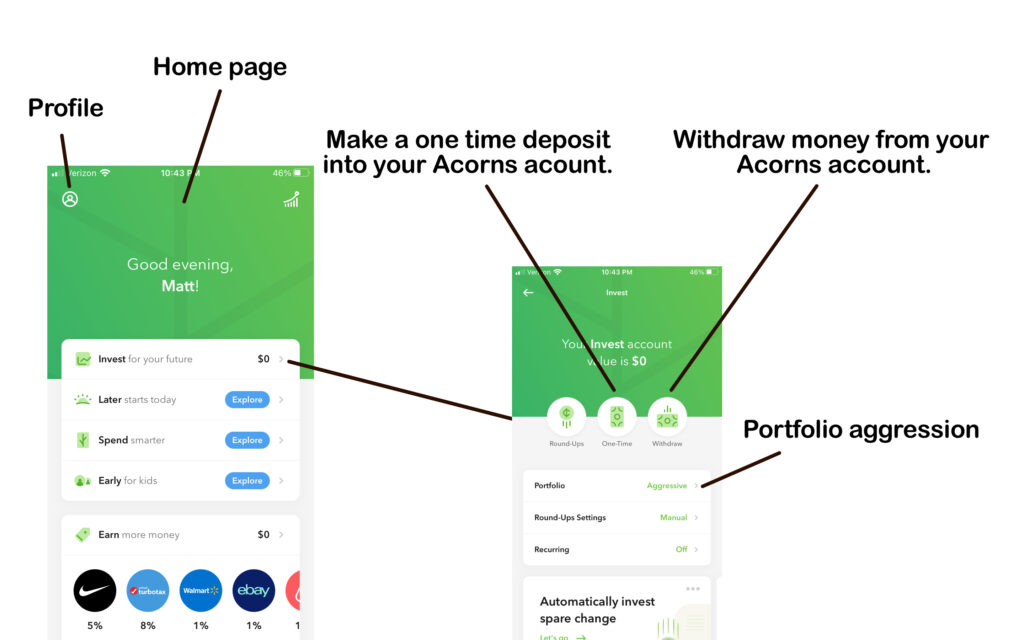
Intro: Making money in high school can be an absolute pain in the back end, especially for those of us who just really don’t like the idea of working at a fast food restaurant or a grocery store. I know for me personally I couldn’t stand the idea of having to deal with the whiny general public for hours on end just to make minimum wage; I instead much preferred the idea of being able to work mostly alone, on my own terms, and better yet, outdoors. If you are like me and think that packing grocery bags with Cocoa Puffs or fetching people their 25th packet of ketchup sounds terrible then I think you may well want to give this a read. Labor businesses can be one of the best ways a young person who is willing to work hard can make good money on their own terms. I personally have been doing this for the last year and it has done me well, so I want to give you some tips to start doing the same.
What does a labor business encompass? A labor business can provide a large range of services depending on the needs of the client and the needs in your area. Examples of this would be mowing lawns, raking leaves, basic landscaping, helping somebody move, and so on. What service you end out providing will all depend on a few things such as your skill set, your clients, the time of year, and geographical location. The best way to figure out what services you can offer is to simply take a piece of paper and write down all the different labor type jobs you can do, literally anything and everything. Once you have a long list of things you can do, you then want to narrow it down a bit to what is needed in the current time of year and in your locality. From there you should have a decent size list, 5-10 services is best, and with this list you can now start to create an ad for your business so that people know what you do and that your willing to do it.

Putting together a high quality ad: Putting together a high quality ad is one of the most important parts of the whole process. Your ad in your first impression so it want it to seem professional and to the point, many people have a tendency to write only a few word or write a few paragraphs, when the sweet spot is really right in the middle around 1-2 paragraphs. By keeping it to 1 or 2 paragraphs you will be able to give the potential client enough info to be interested but not so much they don’t even bother looking. Here are some tips for creating your ad:
-If you’re a student, SAY SO. People love to be able to help students so mentioning that you are one can help you land jobs, in my experience that especially applies with elders.
-Next, save your rates for later negotiation, I do not recommend putting your hourly rate in your ad as depending on how high it is it can scare people away before they have the chance to invest their time into talking to you. It is much easier to save rates for later and can lead to you landing more jobs.
-Finally, tell them you’re willing to learn new skills for a job. Labor work is constantly changing from job to job and eventually you are bound to be asked to do something you don’t yet know how to do. Instead of backing away from this, take it as an opportunity to learn a new skill and tell them you’re happy to try figure it out. It’s good to put this into your ad as it will tell people that you will go the extra mile to get the job done and that’s what people want when they are looking for somebody to hire. Doing this resulted in me learning how to build pathways and drive a tractor, while being payed, so worth it.

Figure out where you want to post your ad: There are countless places you can post ad’s for work and it’s best if you use them all. The more places you post the more calls you’ll get, it’s really that simple. Some examples of places you could post your ad online would be Facebook marketplace, Craigslist, Nextdoor, Instagram, snapchat even. Furthermore, it is a good idea to go onto a website like Canva or another creator to build yourself some business cards and if you want to take the extra step you could also make some infographics and flyers. As we inch towards a more normal non-Covid world these things will be handy to have, so you can leave a card with your client and post your flyers or infographics in local businesses, as well as posting downloaded versions of them on social media.
Decide if you will choose to purchase some of your own tools: You may be thinking that you will need to invest a hefty amount of money into tools to start a labor business but in reality that isn’t true at all. Many people have their own tools and are happy to let you use them, this can save you massive amount of money on expensive high quality tools. Just be sure to ask them if they have all the tools for the job before committing, I don’t recommend saying it in the ad as some may see that as a con until they get to know you a little better. If you do want to invest in some tools then the good news is that you don’t need much, to get going you really just need a shovel, rake, dust pan, and some gloves. The rest you can let build with each job, as jobs come up that require certain tools, you will acquire more and more until you end out having enough to cover all the jobs you are presented with.

How to set your rates: Setting your rates is going to be very dependent on your area as your rate is going to be somewhat dependent on your local minimum wage. The key word there is “somewhat,” because if there is one thing I can’t stress enough its that YOUR HARD WORK IS WORTH MORE THAN MINIMUM WAGE; Labor can be intensive work and it can take a toll on your body, minimum wage doesn’t cover that. Unfortunately it’s still not the kind of work you can charge $30-40 an hour for but you absolutely do not have to settle for anything under 15, whether you choose to settle for less than 15 is up to you but don’t forget the value of your blood and sweat. I personally charge $17.50-$20 an hour depending on the job and for that you get a hard working dude with a shovel.

How to say no to a job: The final thing I want to mention is that you shouldn’t be afraid to say no to a job. In deciding to be a labor worker you are opening yourself up to a plethora of jobs, anything from mowing a lawn to clearing out a nasty old garage full of spiders so you need to be prepared to be asked to do something you don’t want to do. It is completely ok to say no to a job for whatever reason, simply make sure you are kind in your denial and clearly state that you appreciate the offer but are not interested, It really is that simple.
Wrap up: Well that is going to sum up my short guide on starting a labor business while you are young, I highly recommend this to anybody who is looking to make money on their own terms and without the annoyance of the general public. I think this job is especially great for high schoolers and college students as its something you can pick up and put down whenever you need to as there will always be a need for physical labor. So what are you waiting for? Go out there and start digging holes and raking leaves, I guarantee if you follow the tips above you will find work. Good luck!

Recommended products: If you choose to take the route of getting yourself some tools it’s important you invest in quality tools because they will take an absolute beating. So here are some links to the absolute best shovel, rake, and gloves I have found.
The best shovel in existence, Click Here.
Unbreakable landscape rake, Click Here.
Super tough leaf rake, Click Here.
Work gloves that won’t get torn up, Click Here.








